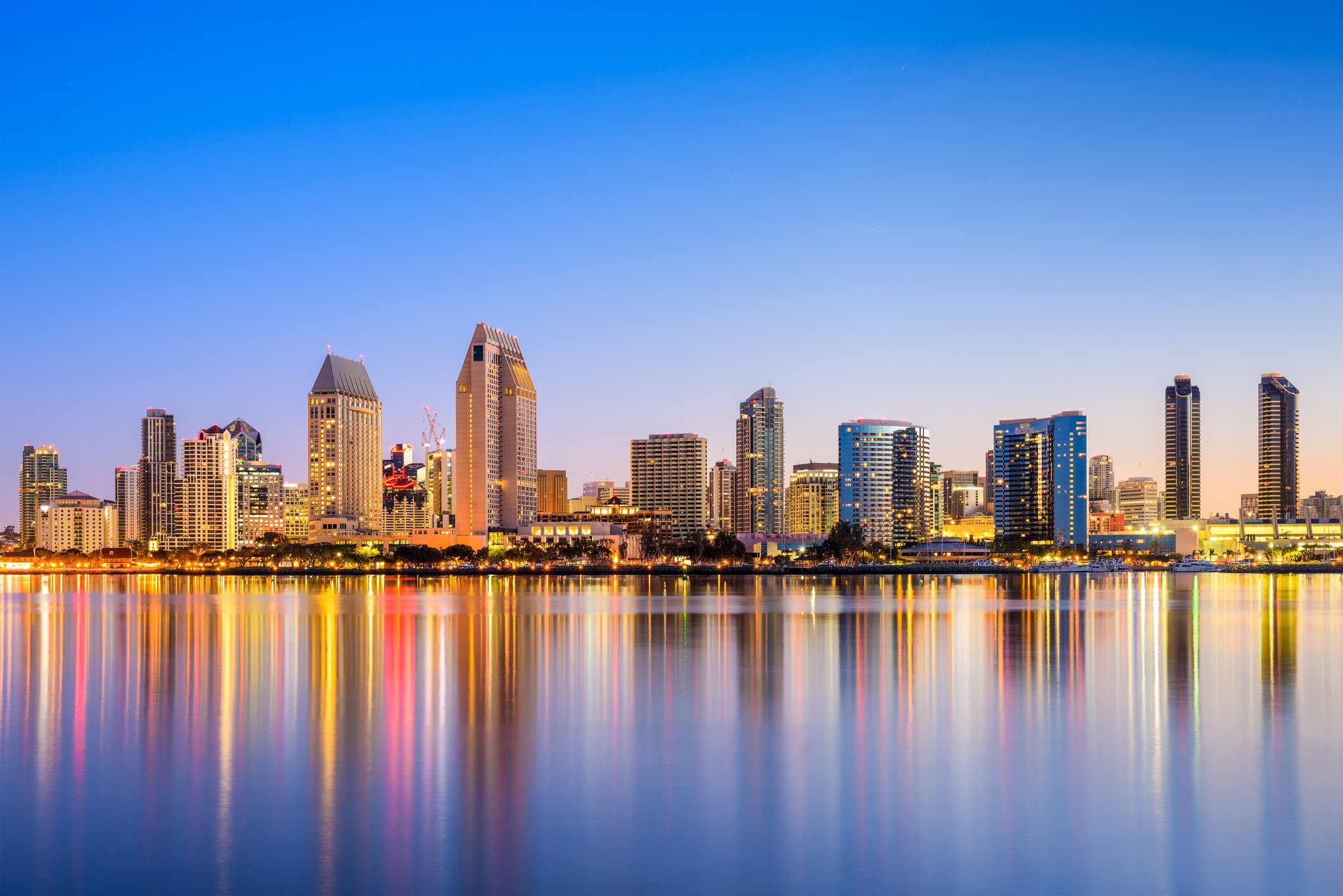Everyone wants to live in a clean city. From clear sunsets to better health outcomes, the environment in which you live could have an impact on quality of life. What cities are at the bottom of the list when it comes to environmental cleanliness? We analyzed the 50 most populous cities in the U.S. based on the following criteria:
Number of high ozone days: This data from the American Lung Association calculates the weighted average of high ozone days by calendar quarter and compares it to the 24-hour standard[1].
Water quality: LawnStarter's water quality ranking assessed 200 U.S. cities and took into account several factors, including water quality violations, basic plumbing and consumer satisfaction[2].
Carbon dioxide emissions by state: Compiled by the U.S. Energy Information Administration, this shows each state's carbon dioxide emissions by million metric tons[3].
EV registrations by state: The National Renewable Energy Laboratory tracks the number of electric vehicle registrations in each state, which shows a commitment to cleaner energy in the future[4].
Using these metrics, The Zebra crunched the numbers to determine the top 10 dirtiest cities in America.













